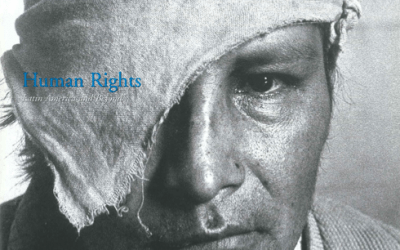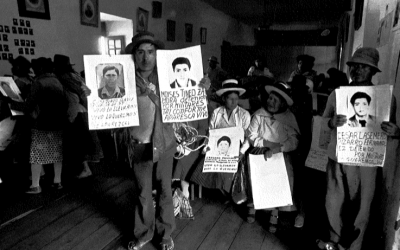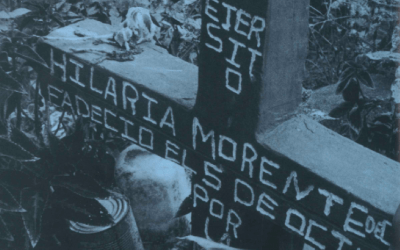Women and Youth’s Right for Quality Health Services in Mexico
SIPAM, Salud Integral Para la Mujer, A.C.
If you’re walking through a market in Mexico City, you just might stumble on a health post for pregnant women. You might be surprised—as I was during a recent trip to Mexico City—of the impact of the women of SIPAM on quality health services in Mexico.
In a recent visit to Mexico City, I spent hours talking with staff members from SIPAM—which loosely translates as Women’s Integral Health. I learned how this group of enthusiastic women from diverse academic backgrounds have worked directly with women and youth to make them aware of their rights and responsibilities regarding their sexual and reproductive health. They hold workshops, run a website, host radio programs and invent innumerable venues such as the mobile health posts to help women and youth achieve quality health care. One of the most interesting characteristics of SIPAM is its cultural approach to health issues.
SIPAM concentrates its efforts in three areas: (1) Reduction of maternal mortality, (2) Women and HIV/aids and (3) Youth’s sexual and reproductive health.
SIPAM General Director Pilar Muriedas recalls how she and the other three founders started working in 1987 in Santo Domingo Coyoacán, a popular barrio in Mexico City, meeting informally with women and youth to discuss their health practices and concerns. From there, they built their working agenda which has expanded but maintains the same spirit.
Mercedes Ballesté, project coordinator for maternal mortality, one of SIPAM’s biggest concerns, believes that most maternal deaths are preventable. In Mexico almost five women die for every 10,000 registered childbirths while in developed countries this rate is of 1/10,000. Mercedes, a SIPAM founder, notices that pregnant women on average attend three prenatal controls; the minimum should be five. Women, she says, do not find answers to their needs in prenatal controls so they quit going. Health providers, she adds, are frequently inappropriately prepared to communicate with women; they use technical language not accessible to the usuarias and do not acknowledge women’s cultural knowledge and practices. Prenatal controls must be culturally appropriate so that providers and users can truly exchange information to reach more accurate diagnosis and deliver effective treatment.
To tackle this problem, SIPAM designed the Puestos Ambulantes para la Detección Oportuna de Riesgos en el Embarazo, first in Mexico City and now slowly spreading throughout Mexico. These Puestos are strategically located in markets, churches and other places frequently visited by women, and offer both information and gender and culturally appropriate medical checkups to pregnant women.
This cultural approach is also the heart of SIPAM’s youth programs. Axela Romero, the coordinator of this department, strongly believes that to support young women and men empowerment regarding their sexual and reproductive health, it is necessary to make youth culture visible and to fight against the idea that youth’s rights need to be subordinated to adult values. SIPAM approaches young women and men also at their gathering places: tattoo shops, music concerts and shops, schools, etc., to share with and interview them and to inform them about their sexual and reproductive rights.
Through these direct interactions SIPAM members have constructed a reality-based idea of how the public health system works and how women and youth experience their relationship with health providers. This has allowed them to deliver better health counseling and services, to inform policy makers and to design innovative intervention models and proposals which have contributed to change attitudes, policies, practices and even discourse patterns in issues affecting women and youth in Mexico.
Fall 2003, Volume III, Number 1
Silvia Romero-Contreras is a Harvard Graduate School of Education doctoral student. She received a DRCLAS internship grant to work with SIPAM last summer.
Related Articles
Human Rights: Editor’s Letter
During the day, I edit story after story on human rights for the Fall issue of ReVista. During the evening, I work on my biography of Irma Flaquer, a courageous Guatemalan journalist who was…
ONGs en América Latina y los derechos humanos
Las ONG ofrecen mil modos de recordar la dignidad humana a los gobiernos y las sociedades. Las dos experiencias que esbozo en esta nota reflejan algunas de las estrategias asumidas por…
Peru’s Human Rights Coordinating Committee
The human rights abuses that devastated Peru from the early 1980s to the mid 1990s are once again an issue of debate in that country with the release of the Peruvian Truth and Reconciliation’s…




